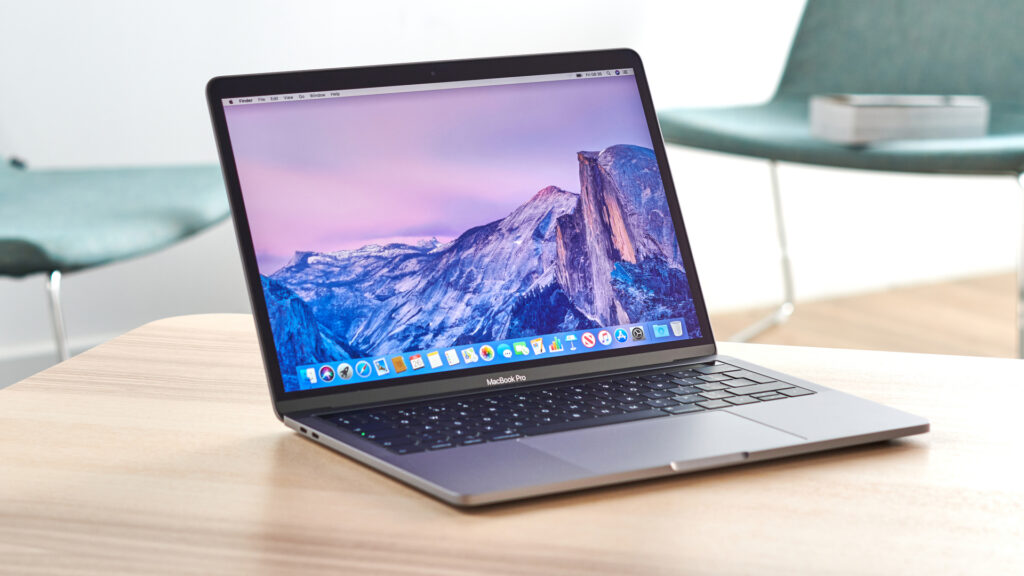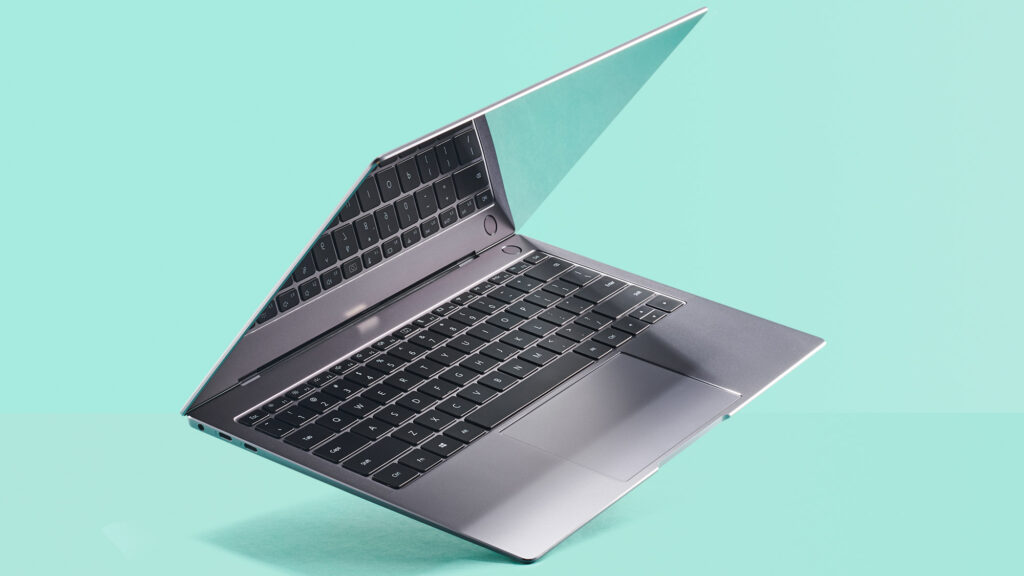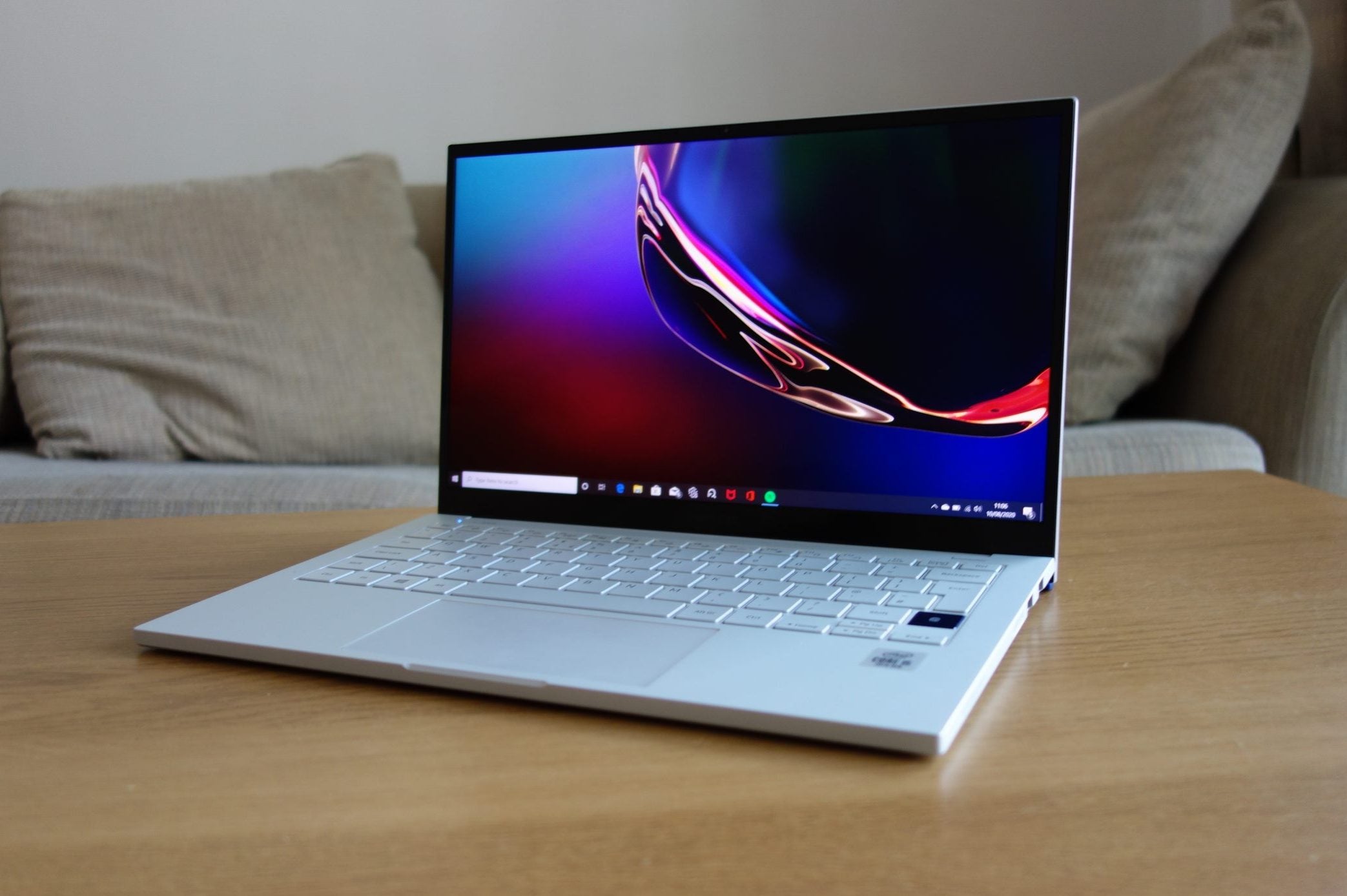Our goal here isn’t to compare ultrabooks with laptops, but to highlight notable distinctions so you know what to get the next time you’re in the market for one of them.
Laptops come in a different variety of sizes and shapes. Within the laptop category, there are several sub-categories. Ultrabook vs laptop appears to be the most prevalent of them. The quantity and popularity of ultrabooks have increased dramatically in recent years. Some manufacturers have even begun to produce ultrabooks that are more affordable.
As a result, individuals are perplexed as to what the difference between an ultrabook and a laptop is, and what an ultrabook is useful for when they require a laptop. Don’t be concerned if you’re perplexed. We’ll assist you out with that in this post by comparing ultrabooks and laptops in depth. We’ll also go into detail on why ultrabooks are so pricey. So, in the end, you’ll know what kind of portable computer you need and what information you’ll need before purchasing a laptop or ultrabook.
What is the difference between an Ultrabook and a Laptop?
What is a Laptop Computer?
A laptop is a type of portable personal computer that has been around for decades. As you may be aware, these gadgets combine a monitor, keyboard, trackpad, and other attachments into one unit. When the lid is closed, the gadget takes on a rectangular shape that makes it easy to transport. The screen size determines the laptop’s size. Laptop screens range in size from 13′′ to 20′′ in most situations. This, too, is dependent on the sort of arrangement. Typical laptops have a 15.6-inch screen size. Laptops may weigh anything from 1 to 8 kg.

What is the definition of an Ultrabook?
Some ultraportable personal computer devices are also known as ultrabooks. Ultrabooks are a newer breed of laptops, or to put it another way, they are a newer breed of laptops. In terms of intended usage or conduct, there isn’t much of a difference. However, the form, style, and mobility of a laptop and an ultrabook can be distinguished. If you’re still unclear about what an ultrabook is, it’s a set of standards defined by Intel Corporation. These are designed to be premium subnotebooks that aren’t too heavy or short on battery life. For a laptop to be labelled an ultrabook, Intel maintains a set of standards. These standards will be discussed later.

So, these are the most popular definitions for laptops and ultrabooks. We’ll now proceed to the comparison. You should be aware of the commonalities between ultrabooks and laptops before proceeding.
What’s the Difference Between an Ultrabook and a Laptop?
The essential similarities between ultrabooks and laptops may be found here.
- Both devices share the same physical factor and hardware integration.
- Laptops and ultrabooks are lightweight and portable, making them ideal for travel.
- Both can be operated with battery power, although the plugged-in operation is also possible.
- Ultrabooks and laptops use the same operating system and software, for example, Microsoft Windows.
- The connectivity choices are nearly the same; USB ports, Ethernet ports, and so on.
We hope you have a general notion of what is common. Now we’ll look at each area individually to see if there are any discrepancies.
Design, thickness, and weight are all factors to consider.
1. Ultrabooks are slim and stylish.
- When compared to regular laptops, ultrabooks are substantially slimmer.
- An ultrabook with a 13.3-inch display should have a thickness of less than 20mm, according to Intel’s requirements.
- The thickness of an ultrabook with a touchscreen may be up to 23mm.
- Ultrabooks come in sizes ranging from 11′′ to 15.6′′.
- Ultrabooks are lightweight laptops that weigh less than 1.5 kg.
- There are ultrabooks that weigh less than a kilogramme.
- Magnesium, carbon fibre, glass, and other materials are employed in most gadgets.
2. Laptops are widely used.
- The weight and size of the screen are determined by the intended use.
- Traditional laptops are available in a variety of screen sizes and weights.
- Laptops with screen sizes ranging from 13′′ to 20′′ will be available.
- There are no set weight limits for these gadgets, so they may be as light or as heavy as they like. The same setup devices are available for 2KG and 3KG.
- Laptops designed for gaming might weigh up to 6kg or 8kg.
- Unlike the ultrabook series, there are no specific thickness requirements.
- The thickness will range from 20mm to 40mm, depending on the device setup.
Life of the Batteries
1. Ultrabooks, for starters Longevity
- When compared to laptops, ultrabooks have longer battery life.
- Intel Corporation has also imposed certain restrictions in this area.
- An ultrabook with an Intel Haswell processor should have a 9-hour Windows idle time and a 6-hour HD video playback time.
- It indicates that with moderate usage habits, you can have long battery life.
- Batteries are positioned with special care in ultrabooks to minimise space.
- Non-removable batteries are employed, and the entire hardware is firmly encased.
2. Laptops – It Depends on Your Needs
- Performance and resource availability are equally important in traditional laptops.
- As a result, you shouldn’t expect a standard laptop computer to have long battery life. Although some manufacturers claim longer battery life, the norm is roughly 4-5 hours at most.
- You can’t even consider using it for the entire day, therefore you’ll need to pack your charger in your luggage.
- Batteries and other hardware components, unlike ultrabooks, are easily replaceable and accessible. As a result, replacing your laptop battery will not be a problem.
Storage
- Ultrabooks employ SSD storage or a hybrid of HDD and SSD storage.
- Solid State Drives are used for a variety of purposes.
- To begin with, SSDs provide a faster boot-up time. Most ultrabooks can be turned on in a matter of seconds.
- Second, SSD storage is far more durable than traditional HDD storage. Having said that, ultrabooks are unlikely to include 1TB or 500GB SSD storage. They are usually reduced to 256GB or even 128GB in most situations. However, you may easily utilise a portable HDD or Pen Drives due to the availability of removable storage solutions.
- HDD storage is still utilised in the majority of classic laptops.
- It’s because laptops are intended to have a lot of storage and other features.
- However, a few laptops come with SSD storage, which is designed to improve speed.
Ultrabook versus Laptop Performance and Hardware
- The utilisation of Intel ULV Processors is yet another need of an ultrabook (Ultra Low Voltage).
- These CPUs are intentionally underclocked in order to save power and maintain stability.
- It is for this reason why ultrabooks have longer battery life.
- After all, these ultraportable laptops aren’t designed to be used as portable workstations, but for lesser tasks. Having said that, we’ve seen ultrabooks with quad-core CPUs and other high-end features in the last year.
- You should definitely check out the HP Spectre series.
- When it comes to graphics, most ultrabooks include built-in graphics. However, if you go for the more expensive options, you might be able to gain specific graphics characteristics as well. It’s worth noting that these devices come with a sufficient quantity of RAM – 4GB or 8GB. Ultrabooks may deliver a balanced output of efficiency, battery life, and speed by combining all of these resources.
- For typical laptops, performance isn’t a constant aspect. ULVs and SSD storage are not common in laptops. As a result, you shouldn’t anticipate such speed or boot-up time from standard computers.
Laptop vs. Ultrabook Pricing
Let’s start with the basics.
- Traditional laptops are substantially more costly than ultrabooks.
- You may acquire a typical laptop for as little as $300 or $400, which we refer to as the best budget laptop range – that is, machines with minimal setup and capabilities.
- However, if you want a functional ultrabook from a reputable manufacturer, you’ll have to invest approximately $1000.
- Affordably priced ultrabooks are being developed by several manufacturers. ASUS is a good example.
- You can purchase a good-to-go ultrabook from ASUS for roughly $100 more than a basic laptop. However, if you want one of the top ultrabooks, you’ll have to pay more than $1000.
Other Distinctions -The Difference Between a Laptop and an Ultrabook
- In comparison, ultrabooks have tiny keyboards. Backlit keyboards are also available on most smartphones.
- Some ultrabooks provide additional areas for the trackpad, which may be utilised with gestures.
- Ultrabooks come pre-installed with Windows 10, rather than macOS, Ubuntu, or Linux.
Conclusion
As a result, we’ve examined the differences between ultrabooks and laptops. Ultrabooks are, in the end, far more comfortable and user-friendly than traditional laptops. There is, of course, a distinction in terms of performance and intended aims. An ultrabook, for example, cannot be used as a portable workstation. In addition, when compared to the best ultrabooks, the best ultrabooks will drain your wallets. Despite this, ultrabooks are superior to ordinary laptops if you can afford the higher price and want portability.

